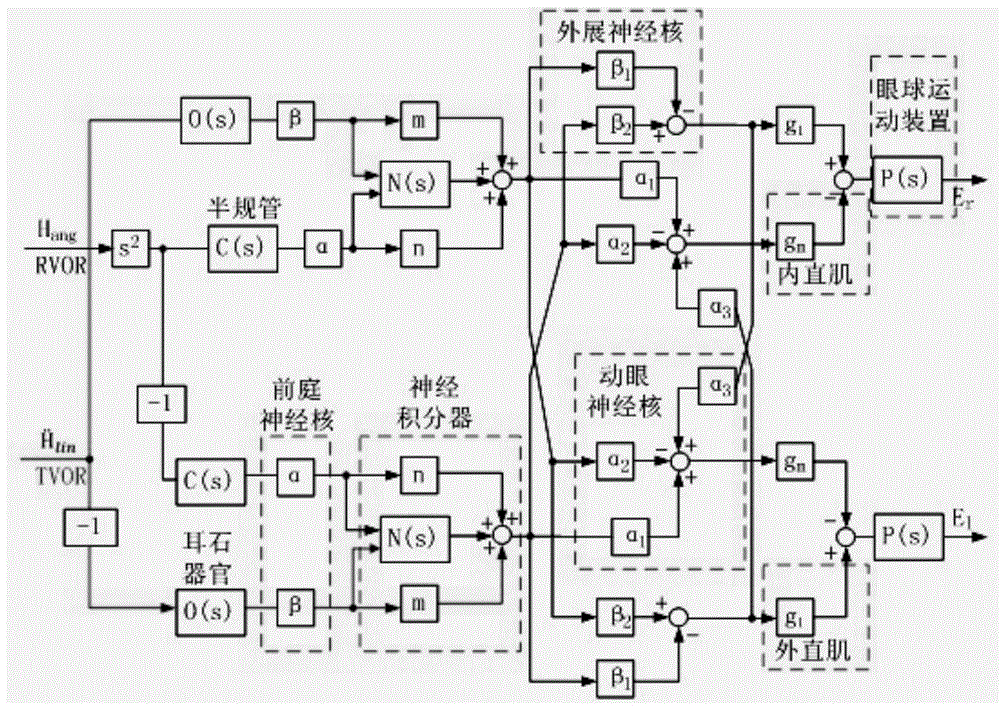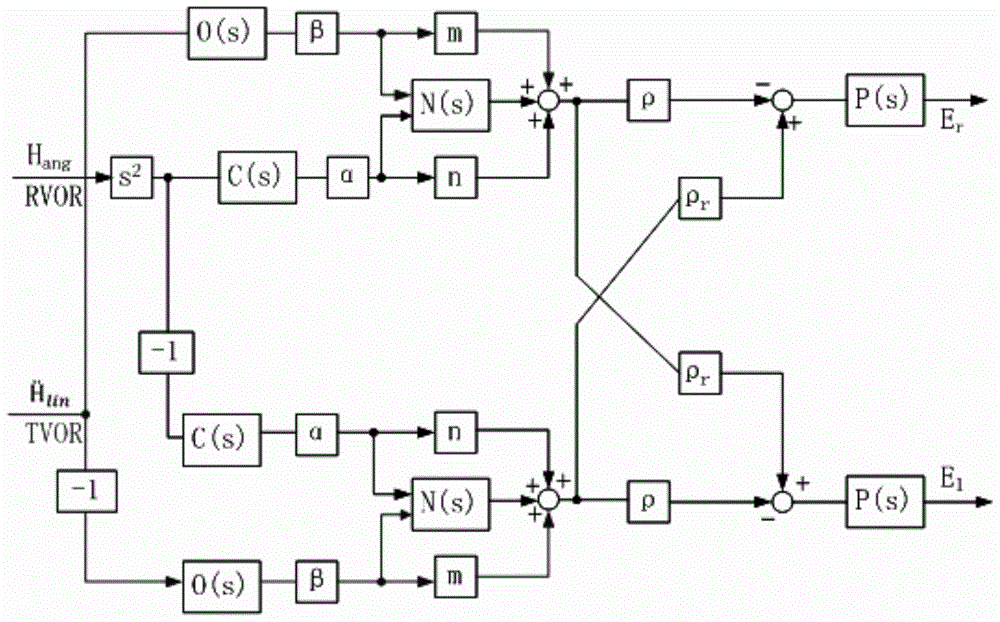Bionic electronic image stabilization method and device based on vestibular reflex mechanism
An electronic image stabilization and vestibular reflex technology, applied in the field of image processing, can solve problems such as time-consuming, poor real-time performance, and poor stability.
- Summary
- Abstract
- Description
- Claims
- Application Information
AI Technical Summary
Problems solved by technology
Method used
Image
Examples
Embodiment 1
[0062] Example 1, such as Figure 4 As shown, a bionic electronic image stabilization method based on the vestibular reflection mechanism of the embodiment of the present invention, the method includes:
[0063] Step 1, the binocular vision system adopted simulates the binocular VOR of the human eye, the first camera simulates the VOR of the left eye, and the second camera simulates the VOR of the right eye;
[0064] Step 2, the first motor is connected to the first camera, the FPGA board measures the sudden change in current of the first motor to obtain the rotational acceleration of the first camera, the second motor is connected to the second camera, and the FPGA board measures the sudden change in current of the second motor , to get the rotational acceleration of the second camera;
[0065] Step 3, the first strain gauge force sensor is connected to the first camera, the FPGA board measures the strain of the first strain gauge force sensor to obtain the translational acc...
Embodiment 2
[0084] Example 2, such as Figure 5 As shown, the present invention also provides a bionic electronic image stabilization device based on the vestibular reflex mechanism, including:
[0085] A first camera, which is connected to a first motor, the first camera simulates the vestibulo-oculomotor reflex of the left eye, and the first motor simulates the rotational movement of the first camera;
[0086] A second camera, which is connected with a second motor, the second camera simulates the vestibulo-oculomotor reflex of the right eye, and the second motor simulates the rotational movement of the second camera;
[0087] a first strain gauge force sensor, which is connected to the first motor, and the first strain gauge force sensor simulates the translational movement of the first camera;
[0088] a second strain gauge force sensor, which is connected to the second motor, and the second strain gauge force sensor simulates the translational movement of the second camera;
[0089...
PUM
 Login to View More
Login to View More Abstract
Description
Claims
Application Information
 Login to View More
Login to View More - Generate Ideas
- Intellectual Property
- Life Sciences
- Materials
- Tech Scout
- Unparalleled Data Quality
- Higher Quality Content
- 60% Fewer Hallucinations
Browse by: Latest US Patents, China's latest patents, Technical Efficacy Thesaurus, Application Domain, Technology Topic, Popular Technical Reports.
© 2025 PatSnap. All rights reserved.Legal|Privacy policy|Modern Slavery Act Transparency Statement|Sitemap|About US| Contact US: help@patsnap.com



